Super Resolution Tool Comparison
Free tools use high-performance algorithms to zoom in without losing sharpness.
The first scenario will be used to evaluate the quality of these tools, first comparable to a simple extension performed without any optimization. In this algorithm, included in the page code, each pixel in the original image is replaced by a square of the same color of 2 or 4 pixels on the sides.
Secondly, I tried the bilinear interpolation algorithm, which is simple and fast, but saw that the browser provides a similar result, so I did not include the script in the list. It is easier to enlarge the image simply using the browser: you load the image with the <img> tag, and set the width and height properties to a value that exceeds the original dimensions. The Canvas tag scaling function also uses this algorithm .
The third tool is Maxim Stepin's HQX software, which uses a lookup table to select intermediate colors that can suppress stair effects. (Tested on Windows 10 seems to no longer work).
After all, Scale2X AdvanceMame software offers the same 2, 3, or 4 magnification factors as HQX. He's faster. Its goal is to create game emulators and, undoubtedly, therefore, it is most effective on sprites. (Successfully tested on Windows 10).
Another tool, Image Resampler, was tested but not included in the samples. It provides an intermediate result between the navigator and the HQX for sprites. Images are less pixelated than with the bilinear or bicubic interpolation algorithm, but remain blurred. Its disadvantage is that the modified image is in TGA format and must be converted for the Web.
| Original | Low resolution | Navigator | HQX | 2X scale | |
| Small icon |  |
 |
 |
||
| Big icon |  |
 |
 |
 |
|
Display: Silence of the Lambs |
 |
 |
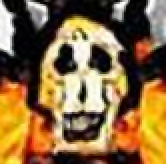 |
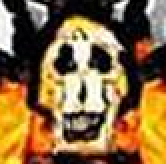 |
|
| Sprite: Plumber |  |
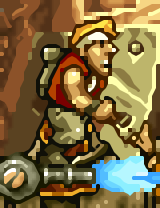 |
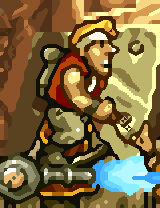 |
Photo of the girl's face
| Original | Low resolution | Navigator |
 |
 |
|
| HQX | 2X scale | |
 |
 |
Conclusions
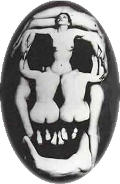
Scale2X usually provides the sharpest picture, but seems to have difficulty with round shapes. For photography, it is no better than a navigator. For a joke, this photo is itself the result of an algorithm.
It is with small images in a complex but rough drawing that Scale2X provides the best result, but then it is equivalent to HQX.
In some cases, in particular in a photo, the browser provides an image that is as sharp as specialized tools. Thus, the linear interpolation algorithm may be sufficient most of the time, and if the image is intended for a web page, you can simply upload the original and enlarge it into the page.
Unfortunately, super resolution cannot provide a more accurate image than the original. Judging by what we see in the series, such algorithms exist, but this is not the purpose of the algorithms here. Otherwise, the image extracted from the poster of the film "Silence of the Lambs" would look like the image that is visible on the right.